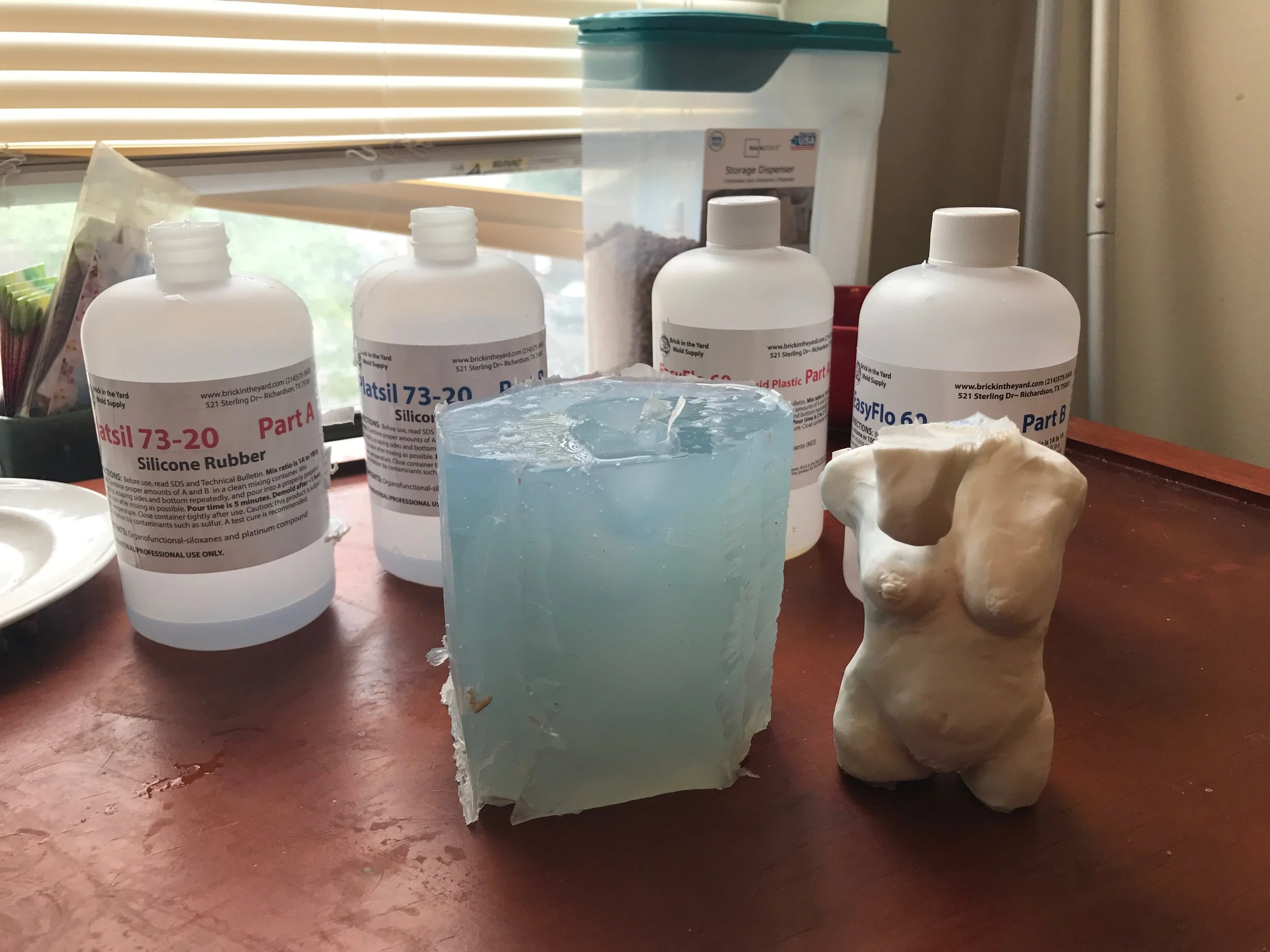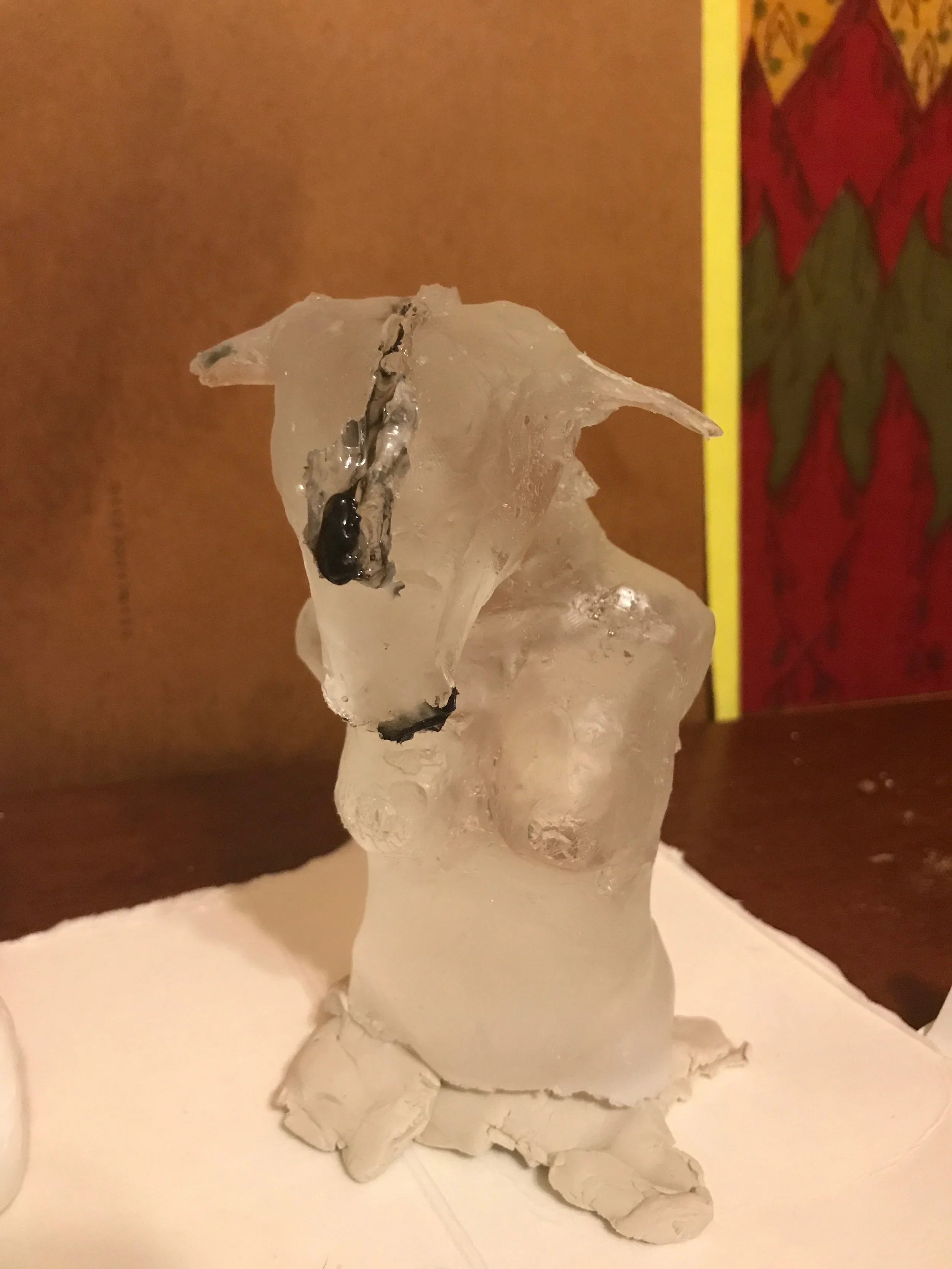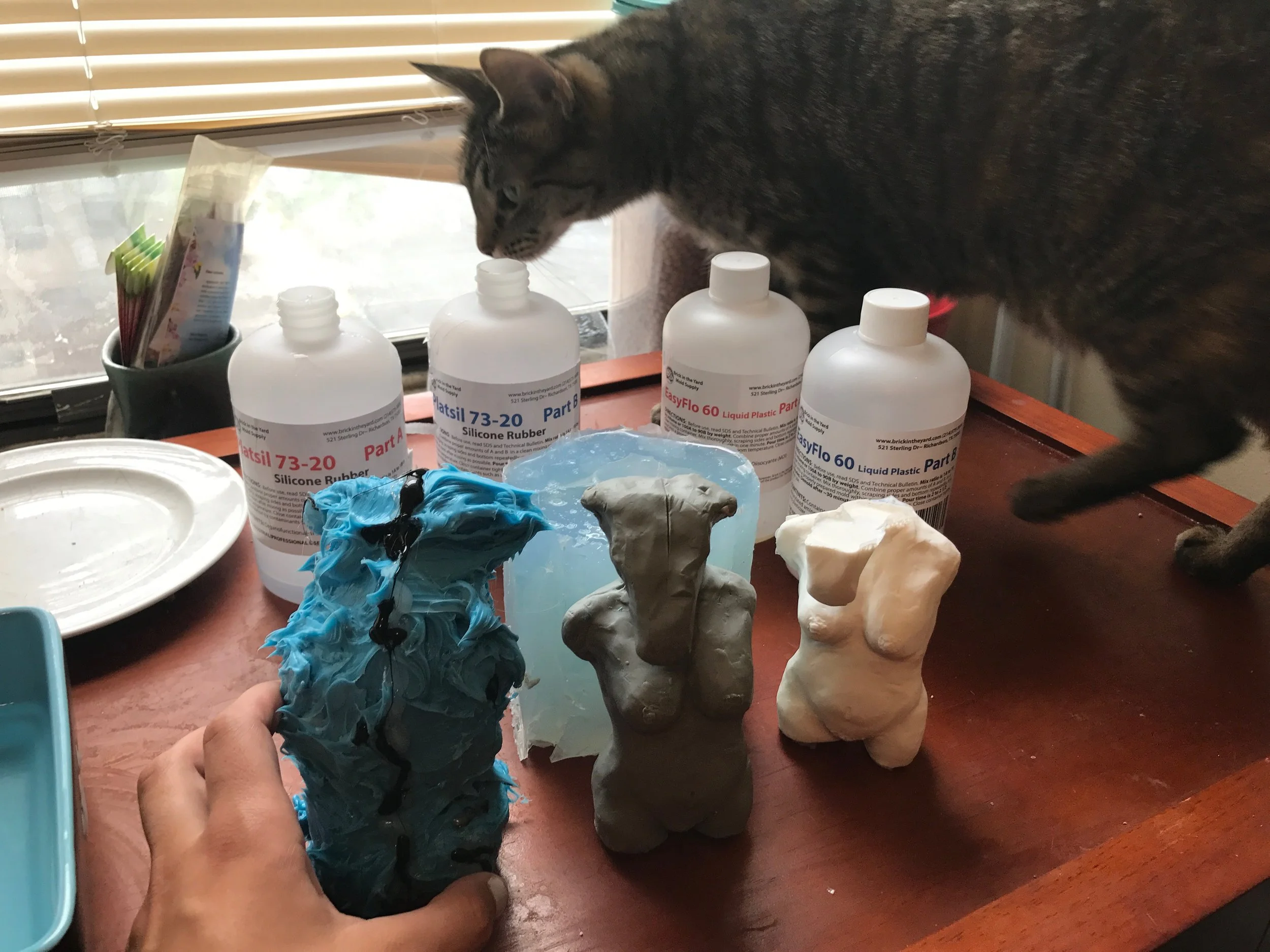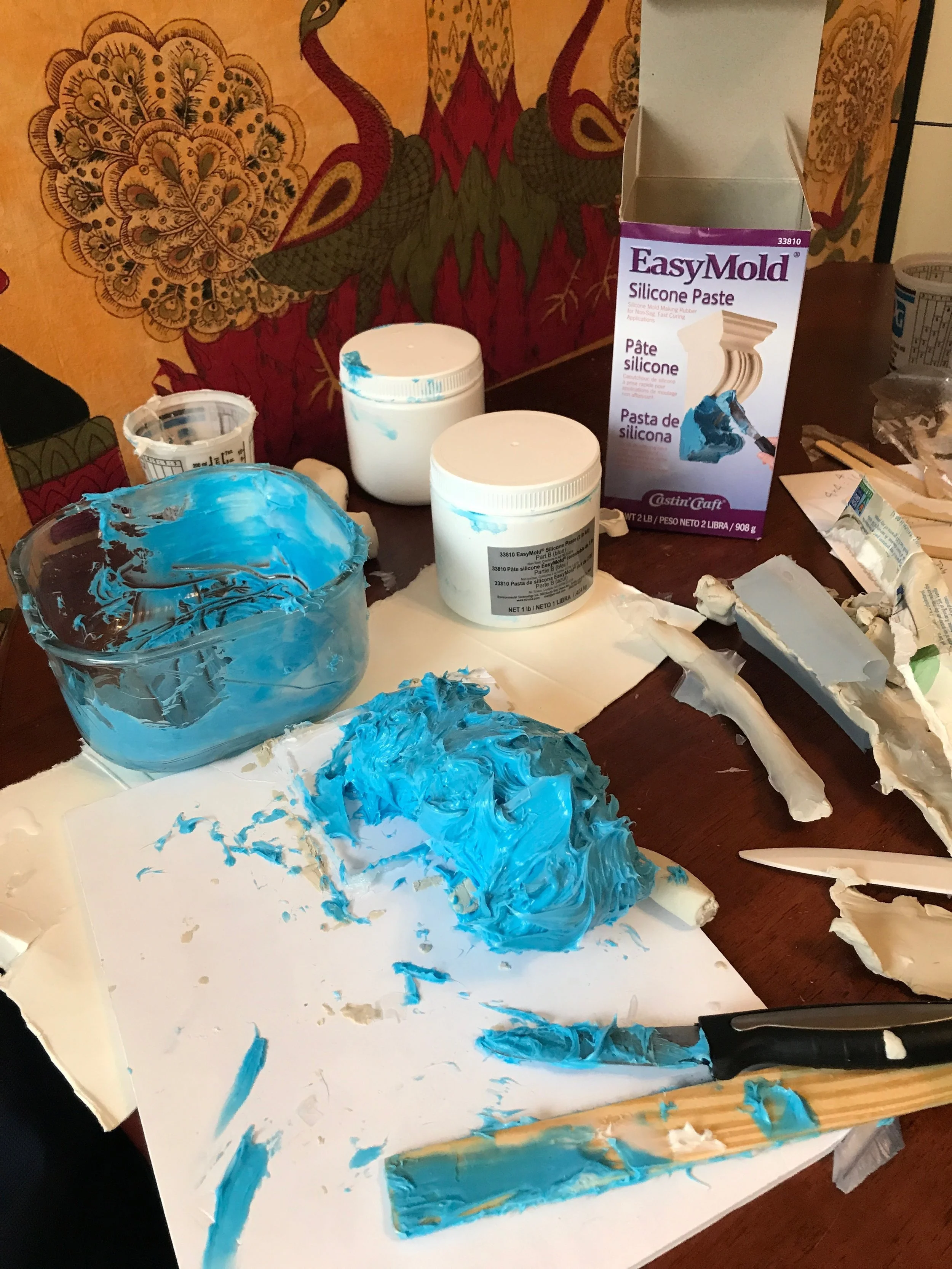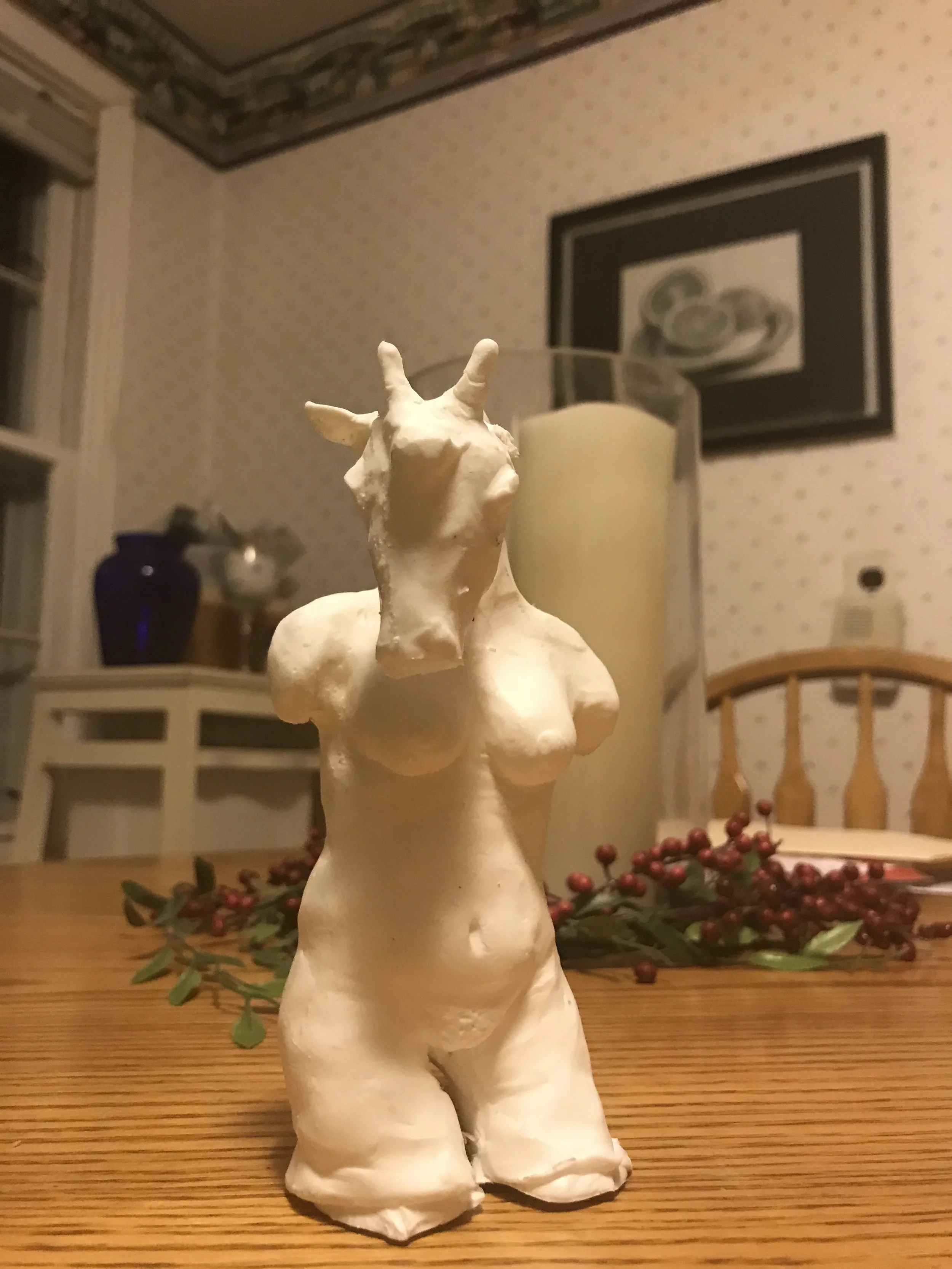Having trouble finding a focus, I'm applying the civilian first responder rules to my art-mergency: "Look, listen, and feel for breathing," (American Red Cross).
If you need to save a life, look here.
This is not an emergency so much as a ritual for emergence of artistic concept. We start now.
LOOK
In life or death terms, this is where you check the scene and see who and what's around and if it's at all safe to delve into.
In this case, I'm looking to my advisor's list of artists that might be relevant to my future work. I have looked at all recommended artists and their works via Artstor.
LISTEN
After looking, I listened for resonance. Resonance can be heard in a physical sense, through neural tingle and pull of the eye. It's not scientific. It's like a hunch. I've made a comprehensive list of "whos" and "whats" from the artist recommendations determined by works that resonated most within me, see:
Who: JULIE MEHRETU
What: Empirical Construction, Istanbul, 2003. Ink and Synthetic Polymer Paint on Canvas.
Grey Area exhibited at the Guggenheim in 2010
Why: Map-like, similar to my "brain map" from first blog post
Observations:
- layered like topographical structure
- geometric structure using boldness of line and curve to dictate levels and motion
- between layers are sketches like terrain, texture
Takeaways:
- Create visual mindmaps, but incorporate texture as scribbled or written word to add language layer (process?)
- Working in layers to isolate functions--colors to develop layers: muted=Static/back layer, black and gray =Texture/mid layer, bold colors=motion/front layer
- Need to use multiple planes for a fuller, rounder image. My current work is "flatter"
Who: CAI GUO-QIANG
What: I Want to Believe exhibited at the Guggenheim in 2008
Why: Temporary clay figures allow art to be "transient" and temporary
Observations:
- MOTION--the momentum and potential energy of the sculptures is loaded/pregnant. The drag and pull motions of the people and their slope-like positioning cause the eye to feel tension.
- The direction and positioning of the sculptures (the wolves and the clay sculptures, especially) guide the viewer through the experience and almost envelop him/her.
- There is a sense of urgency developed from the spacing of the figures.
Takeaways:
- Don't look at art as permanent or timeless constructs, allow them to have a mind of their own and to show the wear and tear of time.
- Overlaps with Wendy Jacobs's (my mentor's) suggestion about beginning sculptures--do not practice with the intention of making something to last, it's practice.
- Try positioning multiple models/figurines so that they create time and movement for the viewer.
- Maybe allow plastilina to stay plastilina? Why do I have the urge to replicate in plastic or resin?
Who: PETER FISCHLI + DAVID WEISS
What: In the Carpet Shop, 1979. Chromogenic print.
The Way Things Go, film, 1987
Why: Funny, Strange sense of humor
Observations:
- Uses things already in existence and creates comparisons of them through title and perspective: Bologna and Salami as different rugs laid out in a carpet shop,
- The perspective and choice of "characters" or actors (deli meat) show the absurdity of the literal situation (a carpet shop)
- Allowing "things" to become actors through witnessing.
Takeaways:
- Use film as a way to document "inanimate" as though it is an actor.
- Witnessing confessions from objects through video.
- Elevating things to a human level through appropriated attention.
Who: MAUREEN GALLACE
What:
Winter Night, 2000. Oil paint.
Why: another way to look at landscape/painting
Observations:
- Layering NOT blending
- Not trying to DEFINE a figure, allowing SHAPES to be raw definitions
- USING "BLOCKS" OF COLOR TO DEFINE SHAPE
Takeaways:
- Not trying to force a vision
- Having faith in the eye and how the brain processes objects in relation to each other
- Simplicity.
FEEL FOR BREATH
Using your cheek, check for breathing.
After typing this out, a pattern is emerging. Like breath, it is amorphous but distinguishable from the surrounding air, defined only by sensation.
WHAT "EMERGED"
- Allowing objects to make their own confessions.
- Letting things be what they are.
- Stop trying to define things and make them more "human", because other humans will already liken them to humans, as each person is drawing only from human perspective.
- Trust the viewer to have a brain and make his/her own connections
- Understate, and give attention to the understated
- Giving attention is NOT the same as exaggerating
- Let the objects be the objects, and let the eye make the assumptions
- Humans are wired to compare and draw inferences
- TRUST, LETTING GO, DOCUMENTING=BEARING WITNESS
- Bearing witness by letting things account for themselves as things, in their own "thing" language.
- Do not try to interpret for things, just shed light so they can be seen.
finding a practice
SCULPTURE EXPERIMENTATION
Continuing a project inspired by Beth Carter, I began documenting my work through silicone molds and plastic and polyester resin casts.
My first attempt used a plastic asking and silicone pour-method mold kit from Brick in the Yard. I din't have enough material, and had to order larger quantities for future attempts.
My second attempt used a smooth--on mold kit and polyester resin (which smelled like chemical death and was extremely messy). I screwed up and made too thin a layer of paste, resulting in a hole-some, fragile mold. I then tried to block holes with a mashup of clear and black glue and glue gun. The resin continued to seep through things, and I patched as it seeped and prayed for the deluge to stop, and then this happened somehow. I like the black glue and how it looks with the polyester resin. I would incorporate this again somehow.
My third attempt returns to the pour method and plastic casting material. After receiving a larger quantity of materials, I was able to attempt the more complicated giraffe-head sculpture. I hadn't properly accounted for an air bubble at the base of the chin, which I will anticipate the next attempt.
Next steps
After this round of experimentation, my mentor Wendy suggested to focus more on the plastilina figures rather than the molding and casting of them.
Some ideas that occurred to me as I sculpted and photographed this line of figures:
- Create faceless women with sheets bound/blinding them using similar bodies
- Creating motion from the pieces by lining up multiple figures like dominos
- giving each figure a more gestural feeling through arms and hands
- Using a sheer material to connect forms or create drapery to slip, grip, or trip figures
- Paint the aftermath of the positioned figures and the motion of the positions as a network.
DATA COLLECTION--LETTING OBJECTS BE THEMSELVES
I've started recording minutes of action, determining a "character" like water and allowing it to execute its action on its own. Instead of fabricating an action or function for my subject, I'm working to allow the subject to define itself by its action. Here are some of the videos I've recorded.
WATER BEATS BACK FOREIGN OBJECTS
HOW SEAGULLS RESPOND TO STRESS
WATCHING MAN WATCH ME CLOSER PART 1 OR PART 2
BEAMS LINING UP FOR THE NICK CAVE EXHIBIT AT MASSMOCA
Next steps:
I would like to continue recording anything that strikes me.
I would like to paint stills of these recordings as portraits of the subject doing its life's work, possibly abstracting this to the motion of the subject over time.
I have taken photographs of familiar feet in motion, unbeknownst to the feet or their owner (therefore I believe their position natural and not some strange pontification). I might also paint these.
thoughts on vulnerability and strange practices to make myself more vulnerable
While talking about artists I found inspiring upon first meeting my mentor, I mentioned the psychological element Accanci used in Seedbed and how much strange glee it brought me to think of the potential thoughts of the people who partook in the installation. I explained to her installation ideas I had that spurred from thinking about Seedbed, interactivity, and human tendency. Nearly all of my ideas were related to some form of trickery or shaming the viewer for something rather innocent or natural. To this, she highlighted an important point that I'd completely overlooked about Accanci's Seedbed: he was as vulnerable as the viewers. He was completing an act under watch. Accanci was exposed in this performance and the audience was given a choice to do what they pleased above.
Vulnerability is something my ideas lacked. I wanted to create scenarios where I could step out of the way and distance myself from the work. To practice committing to the strange thoughts, actions, and inclinations that come naturally to me or pique my curiosity, I've started recording myself doing things I normally do in my house. I've used a go pro to record myself walking around my house and talking to myself naked (the only way I walk around my house). I've recorded myself in the middle of cleaning my room and trying on strange clothes, killing spiders and generating musical numbers about my day (a frequent occurrence when I have access to mirrors and too much time). Possibly these things that occur naturally to me will become foundations of future work.
Of course, I'm afraid to post the videos. I'm not sure if I'm crazy or obscene or genius or just extremely stupid, and I don't know if I'm ready for the public to validate any of those potential strands. I'm going to keep recording things that I do that I don't want other people to see. Counterintuitive. Let's keep it going.

